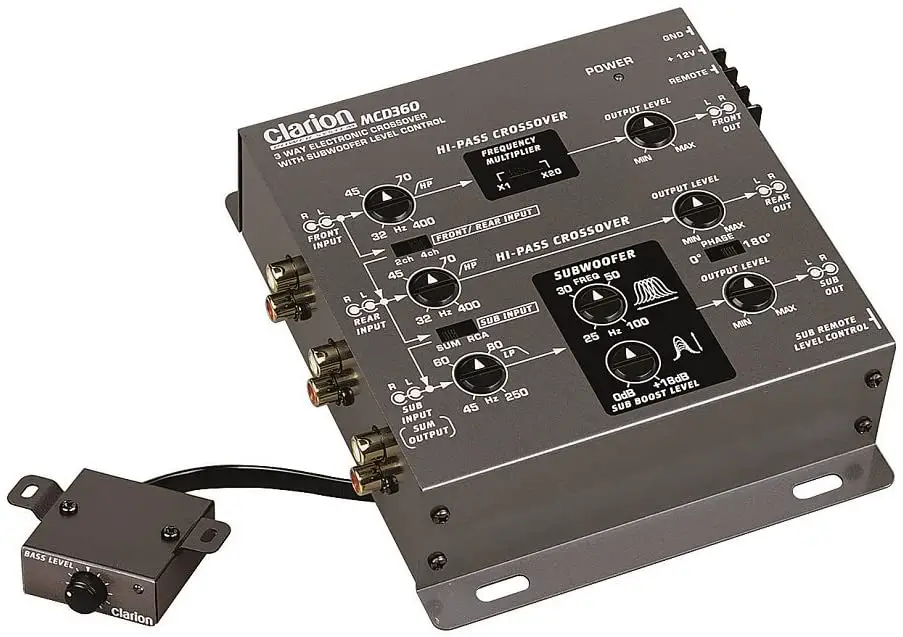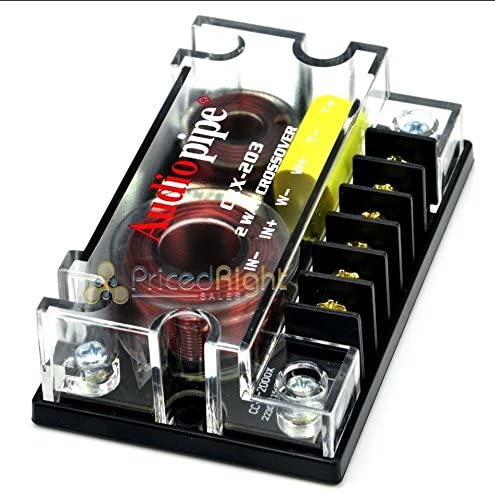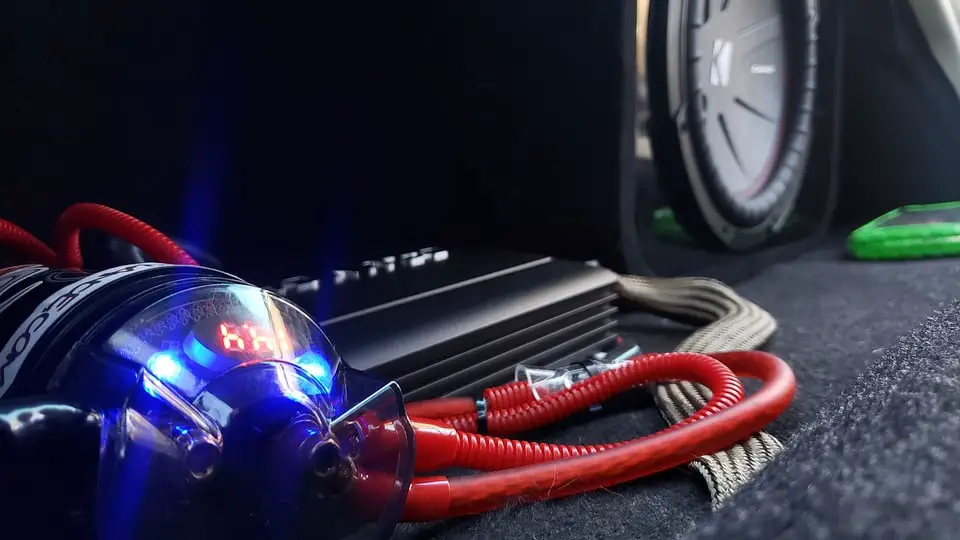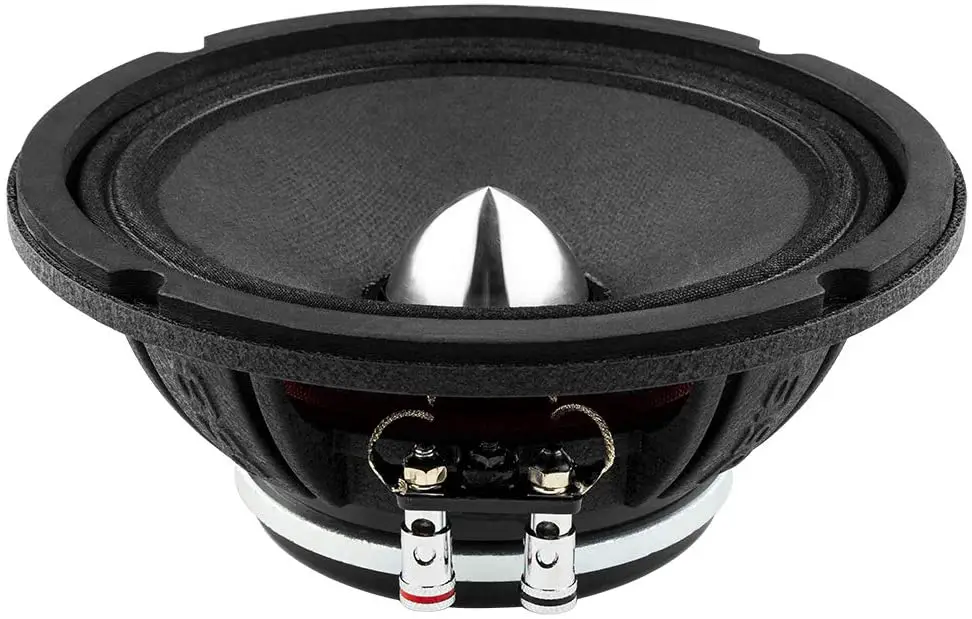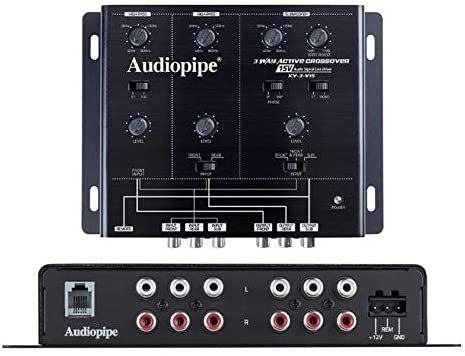Do you need to get crossovers for your car speakers? When building an audio system for your vehicle, one of the most confusing aspects is whether you need crossovers or not.
Well, many people believe crossovers are not that important, so you don’t need them, but then, there’s a reason why they exist.
Do you need car audio crossovers? If the stock stereo sound system in your car is not producing the level of sound you want, you can change and tweak it by adding more components.
Car audio crossovers aren’t absolutely necessary, but to get the best audio quality in your car, you need a crossover.
Whether you’re building a passive audio system or an active audio system, crossovers can be a really good addition. To better understand this article, let’s describe the meaning and function of crossovers.
Table of Contents
What is Crossovers?
Crossovers are electronic devices that convert audio signals into two or three signals based on bands and frequencies.
In practical terms, a crossover is a device that distributes audio signals into frequencies so that the listener can hear a better sound.
For example, a crossover can break down a single audio signal into low-, high-, and mid-range frequencies. What Are Neodymium Speakers?
Music comprises different frequencies; however, most speakers can only produce specific frequencies better than others.
Like, tweeters are designed to produce high frequencies, while woofers are designed for low frequencies, and subs are designed to mid.
Speaker components are designed to produce different frequencies so as to achieve higher audio fidelity.
In practice, every speaker needs to have crossover, it helps to direct signals to the correct drivers, tweeters, woofers, and subs.
The Best Car Audio Crossovers To Buy
- PRV AUDIO DSP 2.8X Car Audio Crossover
- Clarion MCD360 2/3-Way Electronic Crossover
- Taramp’s CRX5 5-Way Electronic Crossover
- Taramp’s CRX Electronic Crossover
- PRV AUDIO EX4.6 PRO 4 Way Crossover
Types of Audio Crossovers
Basically, there are two types of crossovers: passive and active crossovers. Below are the actual differences between these types of crossovers.
1. Passive Crossovers
This type of crossover is placed between the amplifier and the speaker to filter unwanted frequencies.
Most speakers come with this type of crossovers – built-in passive crossovers – as they do not require power and they are also easy to install.
Well, passive crossovers are typically not as effective as active crossovers as they offer limited control over the volume of each channel and are usually factory-implanted.
Passive crossovers adjust the volume of tweeters along with the woofer volume. Since this type of crossover resides in-between the built-in amp and the speaker drivers, it takes in amplified signals and pushes them to the right driver.
2. Active Crossovers
Also called electronic crossovers, active crossovers are more effective than passive crossovers, and they are not so easy to install.
Yes, they perform the same functions as passive crossovers but require an additional power source. Usually, this crossover is placed between the receiver and the amp, so it does not receive amplified signals.
The signals that get into active crossovers are quite low.
With active crossovers, you can individually control the volume of frequency bands, and the frequency steps too. Some of these crossovers may come with an equalizer function.
Furthermore, active crossovers allow the connected amplifier to focus on the frequencies they need to be boosted. As you may guess, active crossovers are more expensive than passive crossovers.
Do You Need Car Audio Crossovers?
Apparently, you do, your car speakers need crossovers for you to enjoy Hi-Fi audio reproduction.
Just as most car audio systems come with a built-in amplifier unit, most car speakers also come with built-in crossovers.
But, if you’re building your car audio system yourself, that’s where you may get confused on whether you actually need a crossover, and if you do, which one is best to use.
Basically, a car audio system can produce decent sound with no additional crossovers.
However, an audiophile may not enjoy the sound quality; thus, he/she would need to use a custom-made speaker with the exact type of crossover that would deliver the desired sound quality.
Regardless, for coaxial speakers, you don’t need additional crossovers. Full-range car speakers typically come with built-in passive crossovers for frequency filtering, for each installed driver (sub, tweeter, and woofer).
Furthermore, it is important to note that aftermarket amps usually comes with built-in filters that act just as crossovers.
For such amplifiers (with filters), the high pass filter drives the tweeters while the low-pass filter drives the woofer. So, basically, you don’t need additional crossovers.
How to Choose Between Active and Passive Crossover?
First of all, installing crossovers isn’t rocket science, but active crossovers can be a bit complex to install.
Choosing between a passive crossover and an active crossover depends on the need you want to solve.
Apparently, before playing around with crossovers, you really should have a basic understanding of what you’re doing.
To install a passive crossover, mainly, all you need to do is to connect the crossover between the speakers and the amp, using wires.
You should connect the passive crossover’s input to your amplifier’s output connect, then connect the crossover’s tweeter output to your tweeter. If you’ve got a woofer driver, connect the woofer wire too.
What More?
Apparently, to get the best sound, even after installing a crossover, you need to tune and tune again.
Yes, you need to keep tuning your set until it produces the perfect sound you’re longing to hear.
This can be a daunting task, which is why most people (who are not experts in dealing with audio and sound frequencies) would engage professionals to help them out.
However, before installing a crossover, whether passive or active, you have to take note of your device’s configuration and frequency ranges.
The impedance of your speakers may come in handy for the sake of the amplifier unit.
The truth is, to get the best audio quality, you need deep knowledge about sound, frequencies, and other important things that matter when setting up a sound system.

